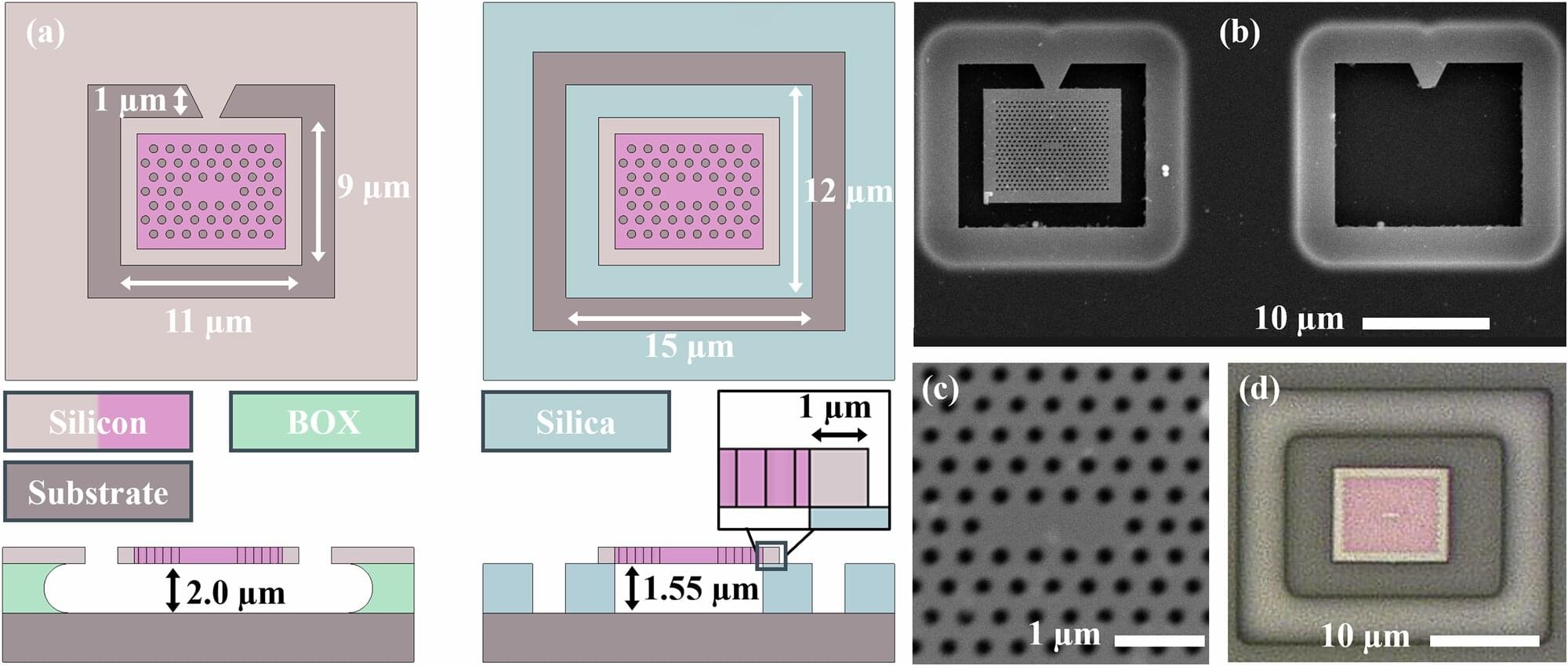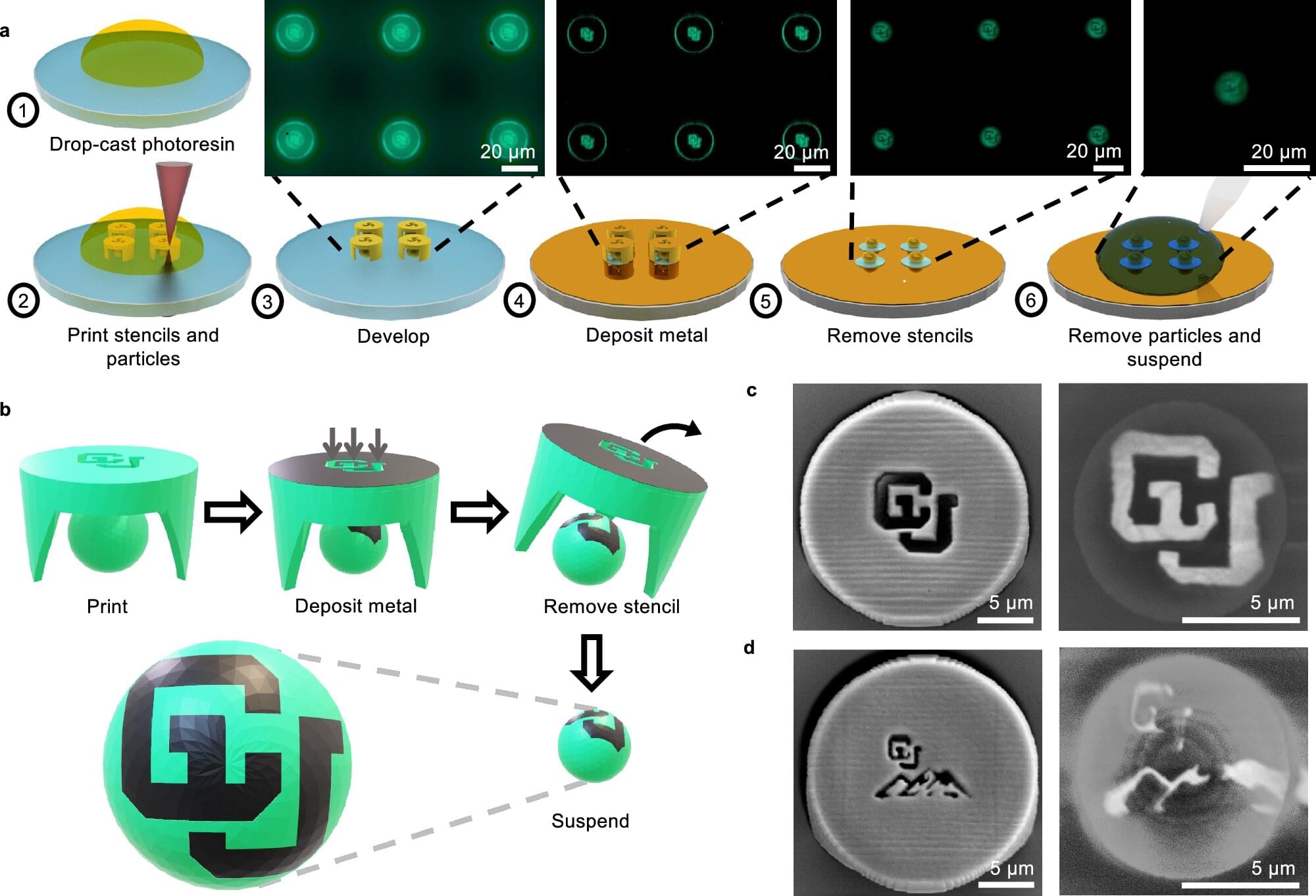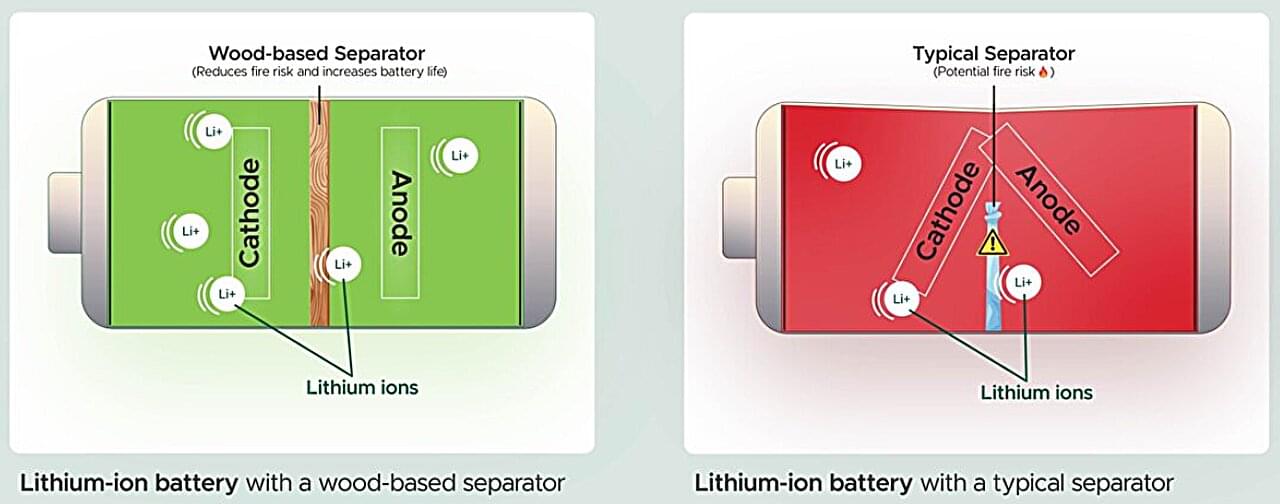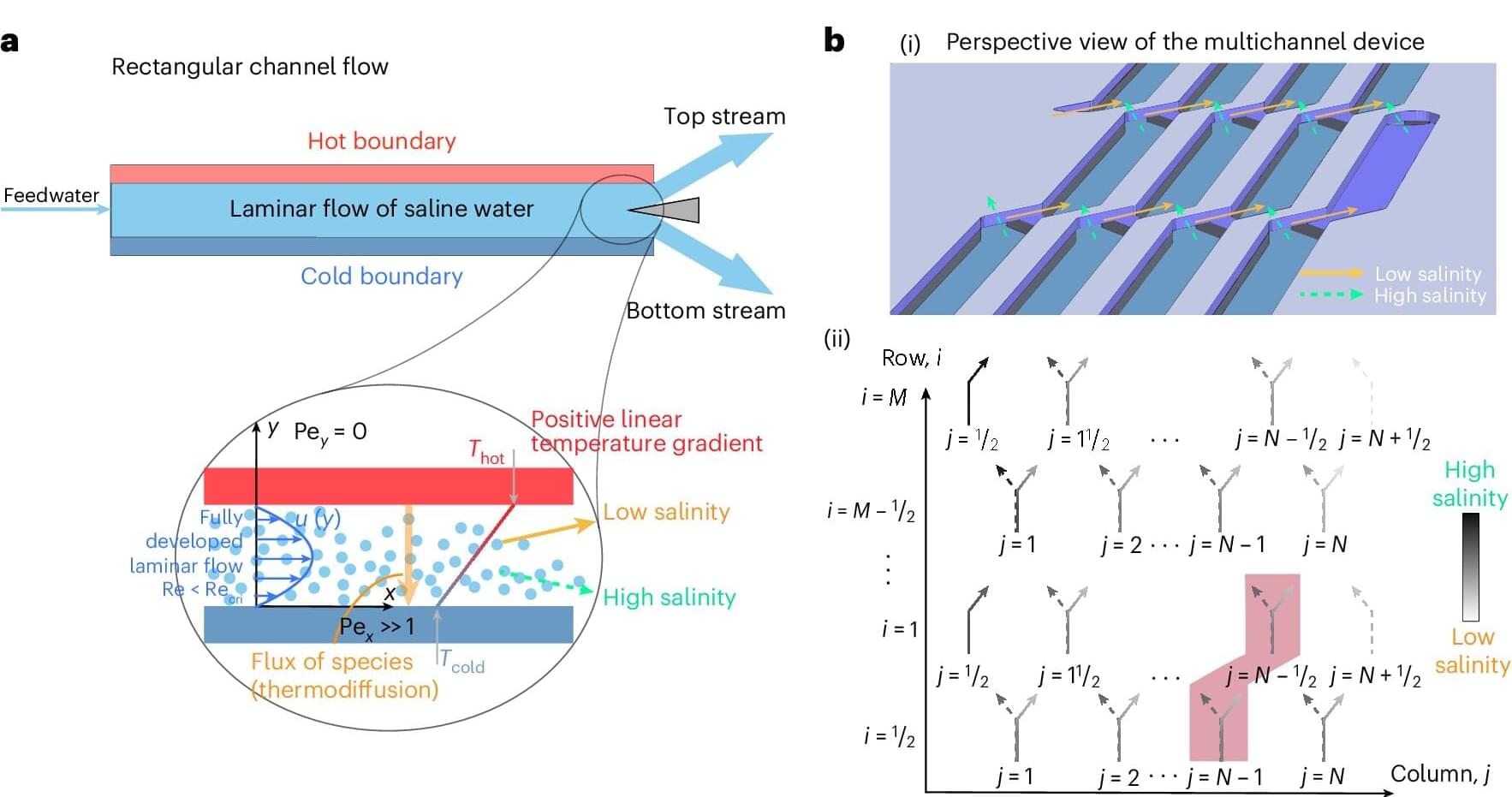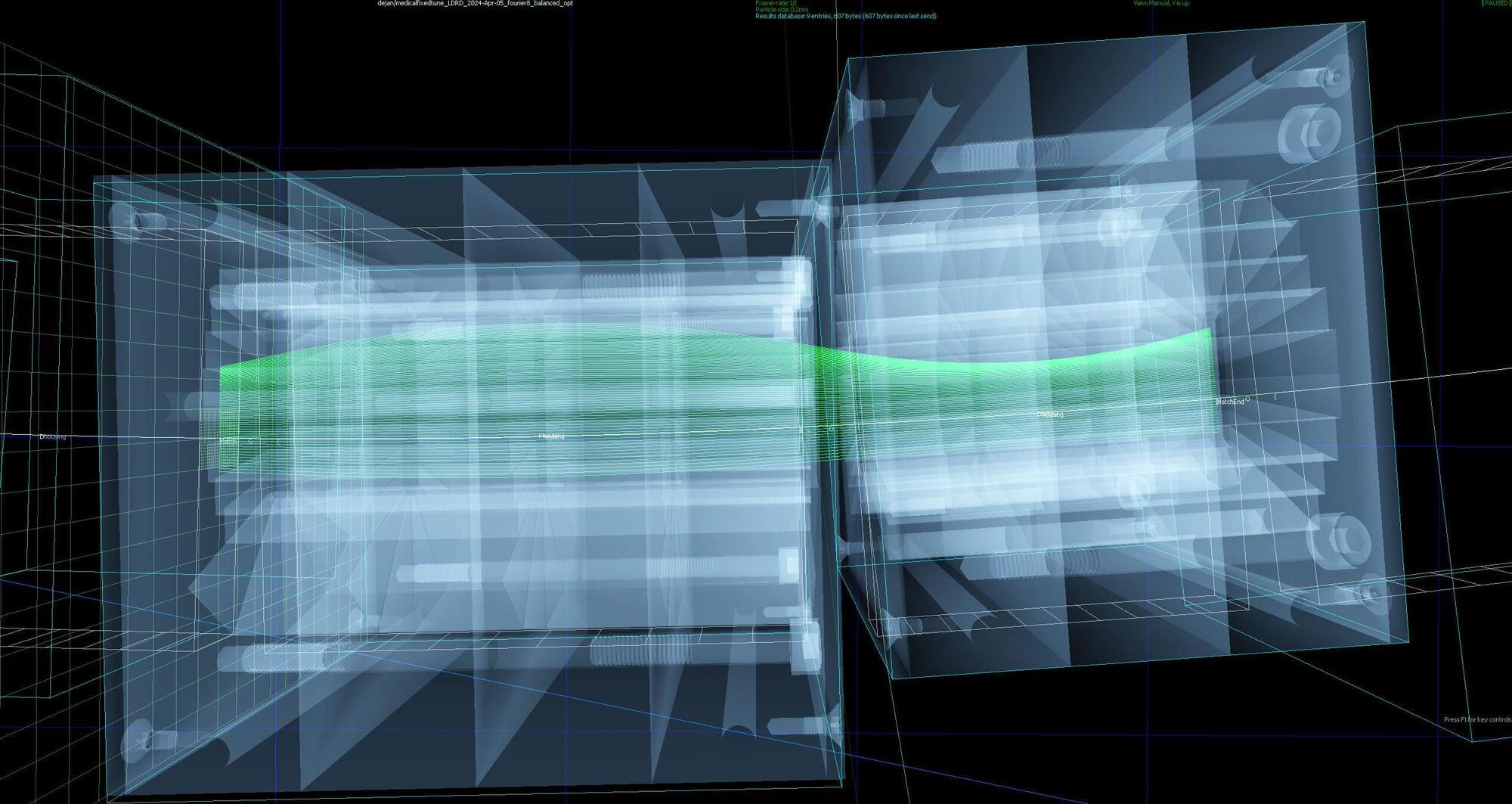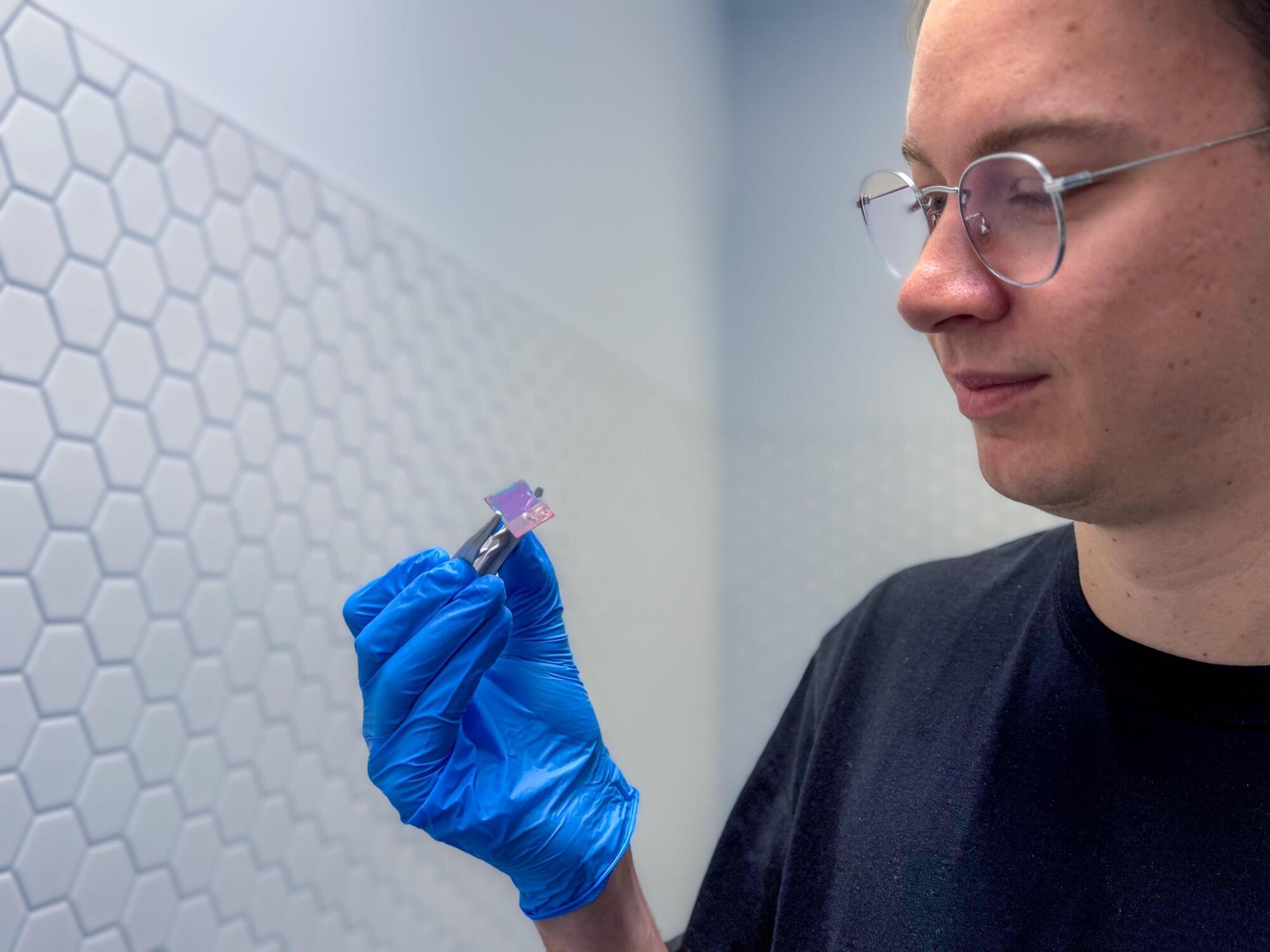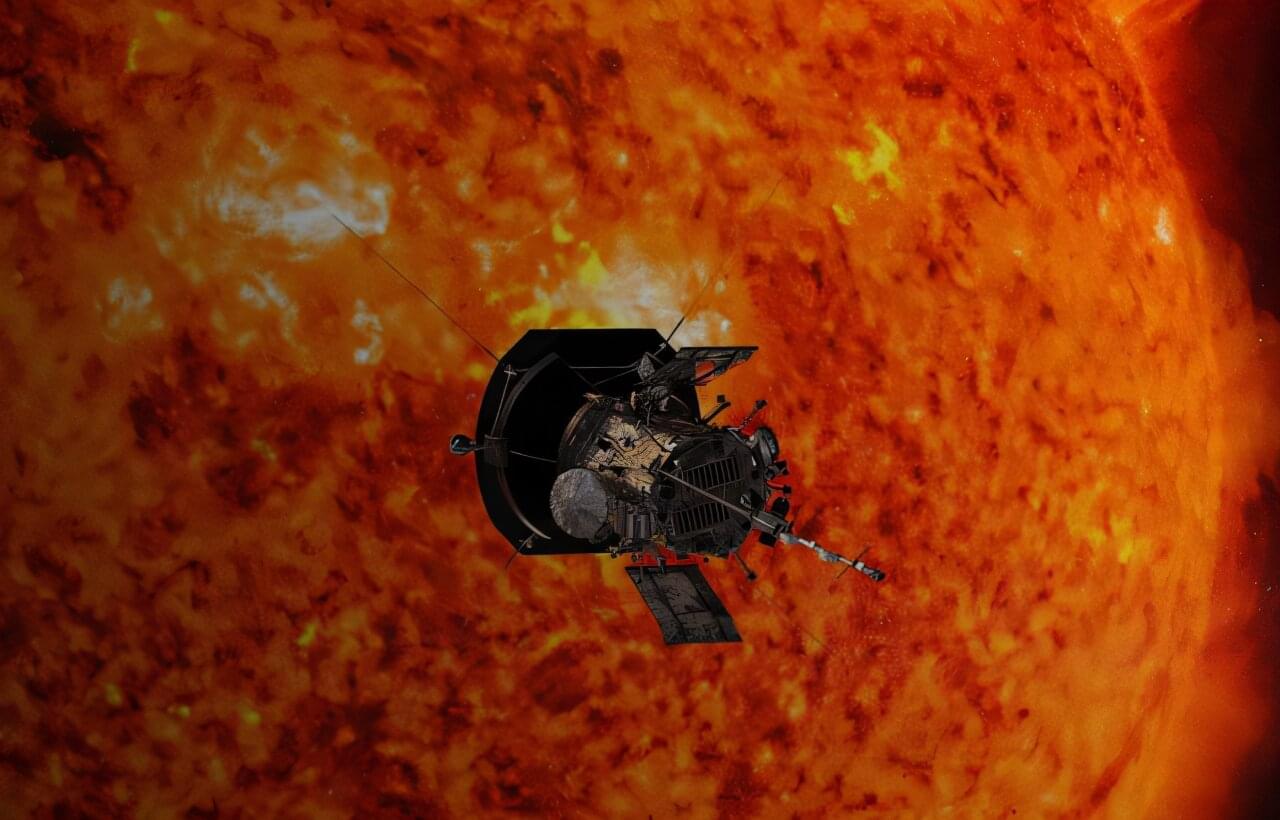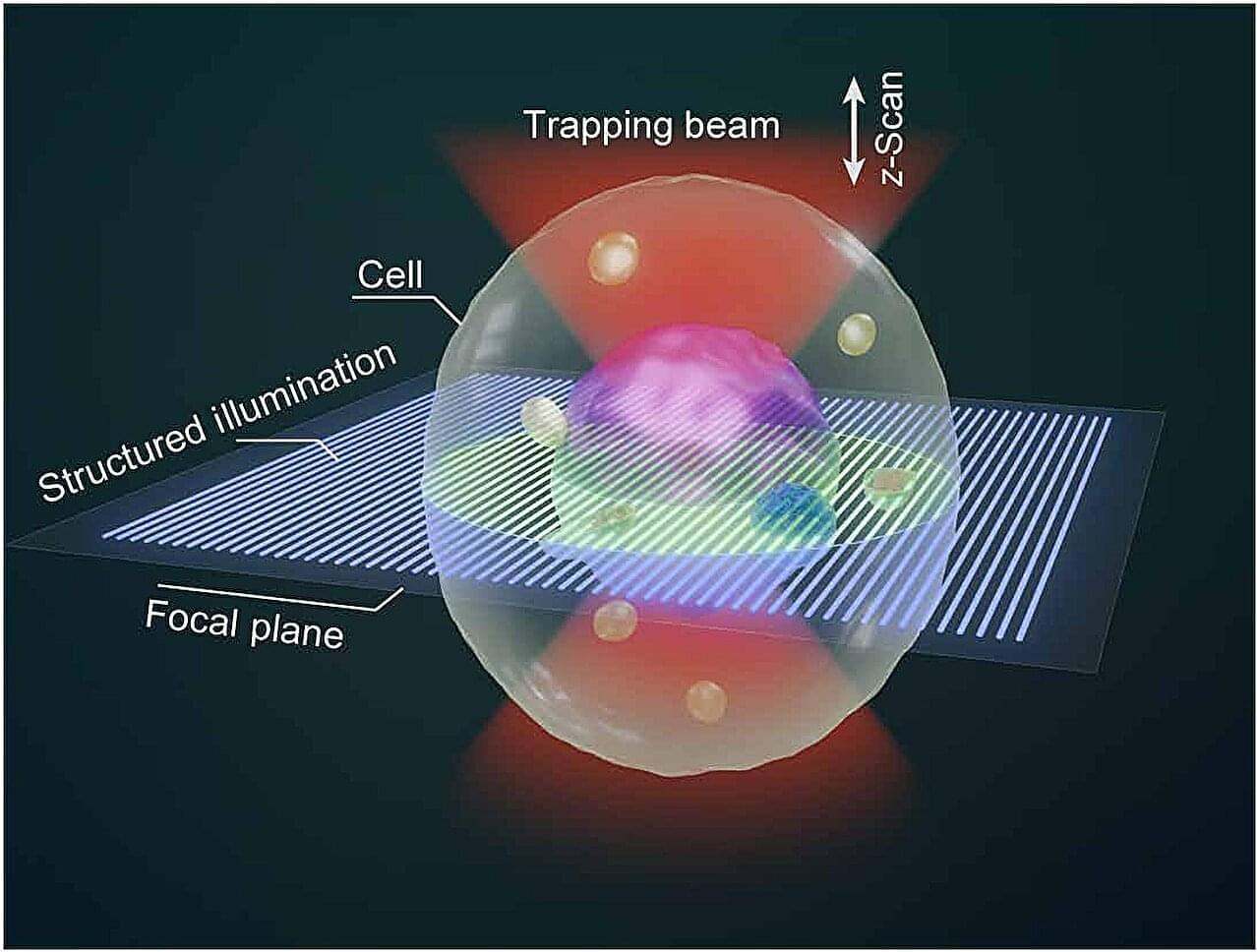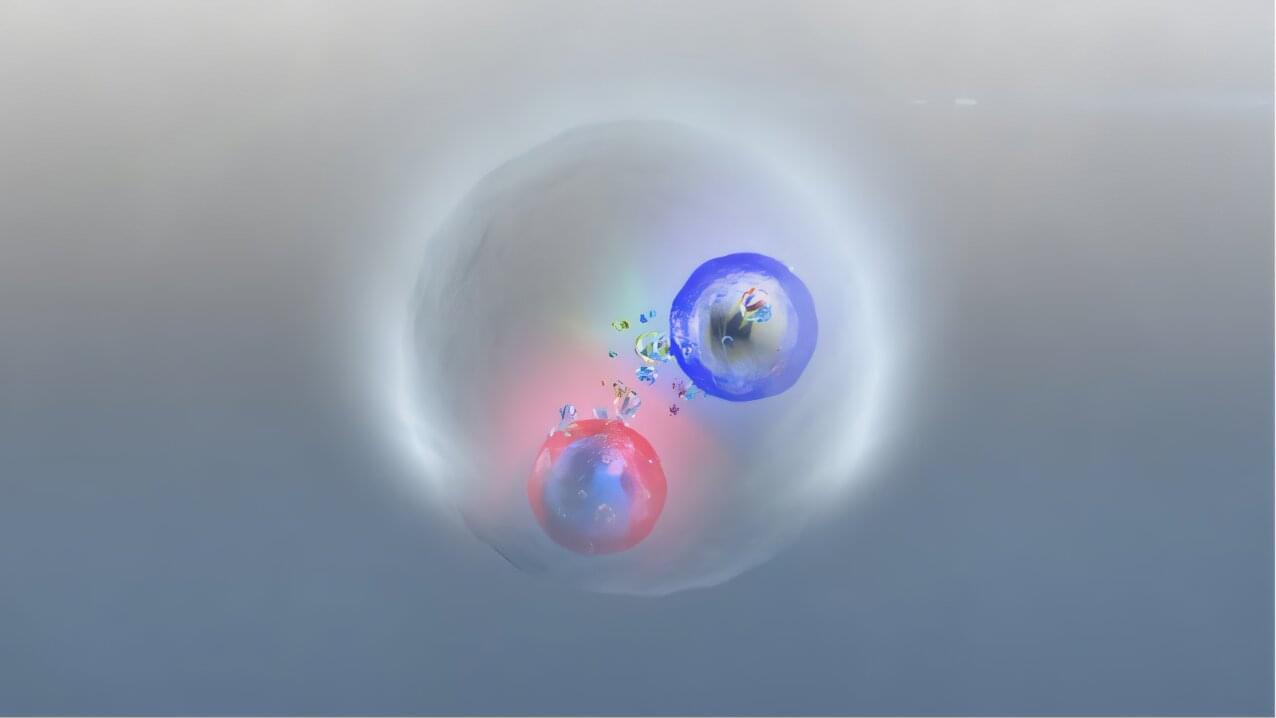ChatGPT works by analyzing vast amounts of text, identifying patterns and synthesizing them to generate responses to users’ prompts. Color metaphors like “feeling blue” and “seeing red” are commonplace throughout the English language, and therefore comprise part of the dataset on which ChatGPT is trained.
But while ChatGPT has “read” billions of words about what it might mean to feel blue or see red, it has never actually seen a blue sky or a red apple in the ways that humans have. This begs the questions: Do embodied experiences—the capacity of the human visual system to perceive color—allow people to understand colorful language beyond the textual ways ChatGPT does? Or is language alone, for both AI and humans, sufficient to understand color metaphors?
New results from a study published in Cognitive Science led by Professor Lisa Aziz-Zadeh and a team of university and industry researchers offer some insights into those questions, and raise even more.

